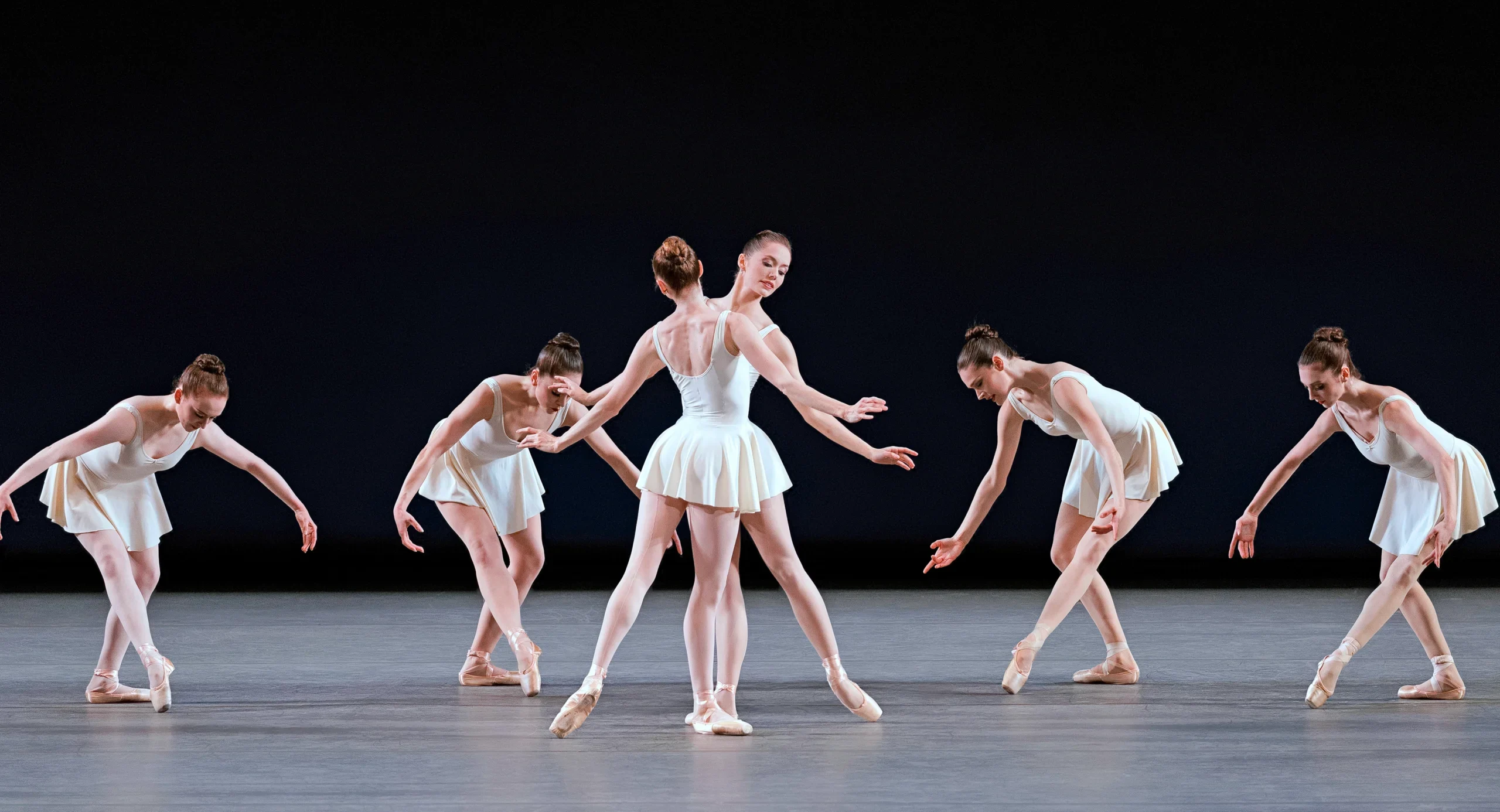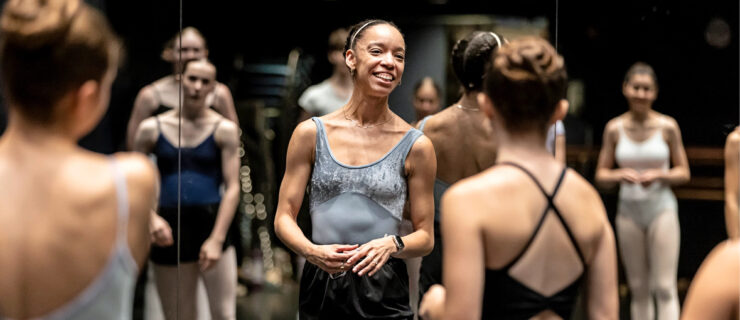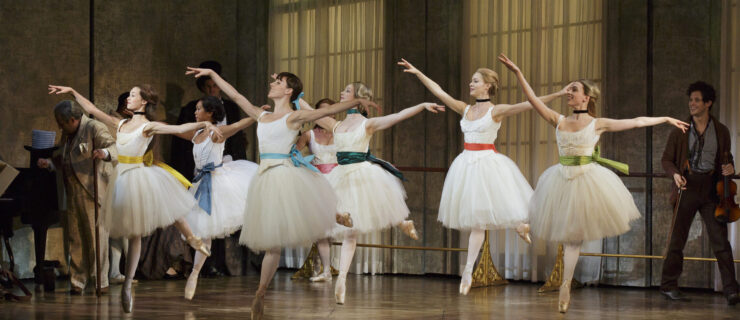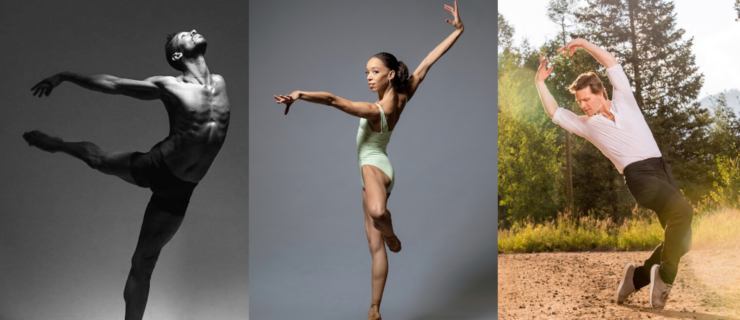New York City Ballet Re-Creates Its 1948 Opening Night Performance, Exactly 75 Years Later
On October 11, 1948, the curtain at the City Center for Music and Drama opened on New York City Ballet for the first time. The then-fledgling company performed three George Balanchine ballets: Concerto Barocco, Orpheus, and Symphony in C. Balanchine and his co-founder, Lincoln Kirstein, had created many iterations of a ballet company together over the previous decade and a half. This one stuck.
On October 11, 2023—exactly 75 years after that momentous evening—the curtain will again open on New York City Ballet, this time just seven blocks north at Lincoln Center’s Koch Theater, which has been the company’s home since 1964. The dancers will tackle the same three ballets, each of which have remained vital parts of the company’s repertoire over the past three-quarters of a century.
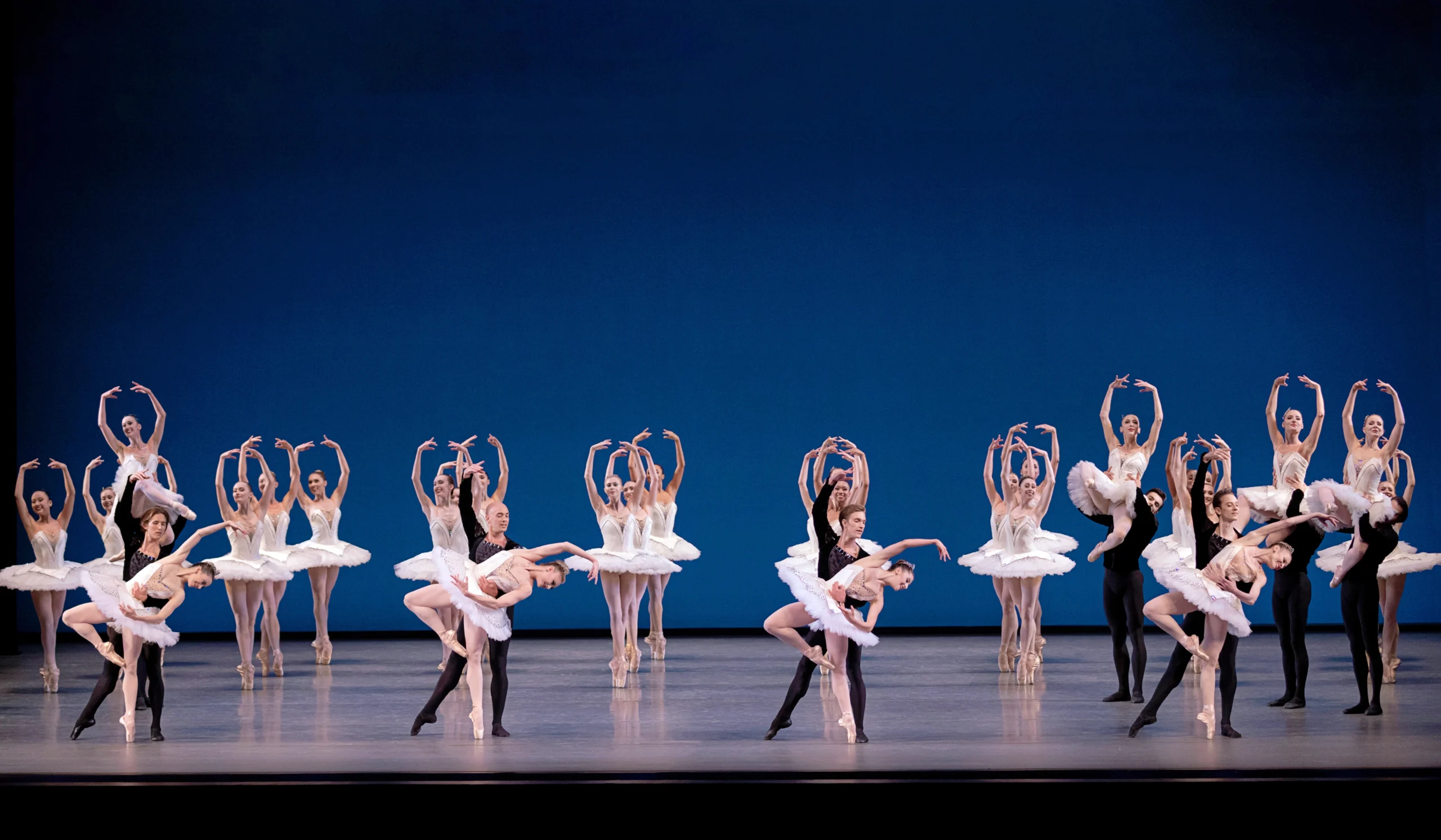
“It’s the perfect ballet to me,” says NYCB principal Unity Phelan of Concerto Barocco, which she’ll dance in the October 11 performance. “It’s wild to me that it premiered 75 years ago. It feels like something that could have been created yesterday.” Phelan first learned the piece, whose two lead ballerinas embody the violins in Bach’s concerto in D minor for two violins, as a student at the School of American Ballet. Fittingly, that’s where Balanchine first created the ballet as a student exercise before debuting it on tour with American Ballet Caravan (one of Balanchine and Kirstein’s precursory companies) in 1941.
When thinking of all of the dancers who’ve taken on Barocco’s choreography over the years, “It feels like a really cool club,” says Phelan. “When I first danced the pas de deux I spoke to Heather [Watts] about it, and she said, ‘You can’t forget who came before you, who have done it differently, and who are going to do it differently. But it’s going to be different with you.’ ”
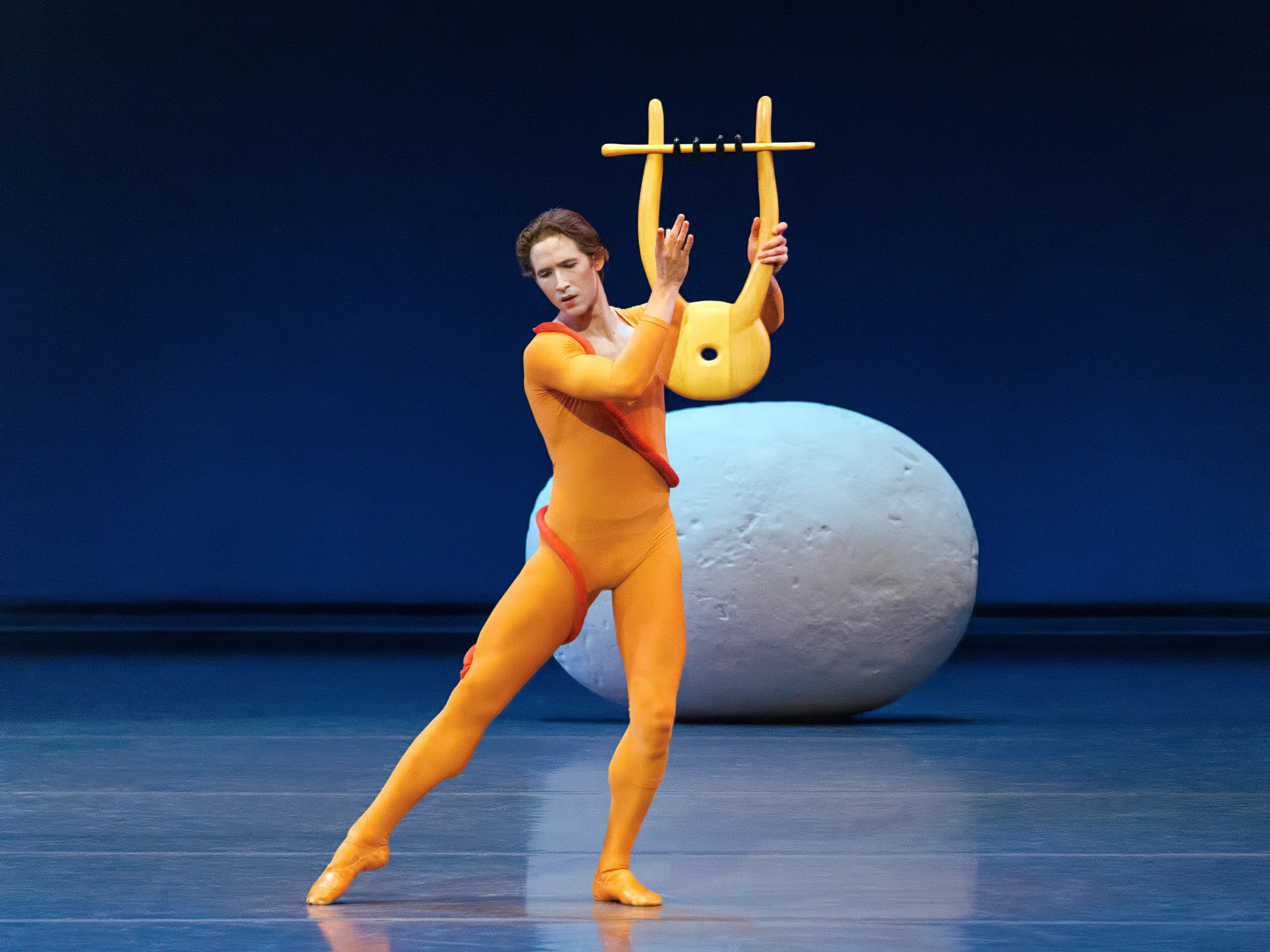
That has been a theme throughout NYCB’s fall season, which opened September 19 and runs through October 15. Aside from one Jerome Robbins piece in the October 5 gala, the season exclusively features Balanchine ballets—18 in total—as an ode to the company’s history. A number of former dancers have come in to coach the current company, and on the opening night performance, over 350 company alumni stood onstage together for a grand curtain call complete with confetti. “Standing onstage with over 300 people was just an amazing moment,” says Phelan.
Phelan reports that the company’s dancers have been maintaining that level of excitement throughout the season—despite the exhaustion that comes from dancing primarily Balanchine ballets. “We’re definitely pushing ourselves to our limit,” says Phelan. For her, the best part of the anniversary season has been finding the through lines in Balanchine’s oeuvre. “There is a real sense of one ballet informing the next,” says Phelan. “ ‘Diamonds’ is similar to Bizet, which is similar to Barocco, which is similar, in its own way, to La Sonnambula, which is similar to Serenade. I feel like I’m understanding more about the roles I’m dancing, and I’m finding a deeper meaning of each ballet that I approach.”
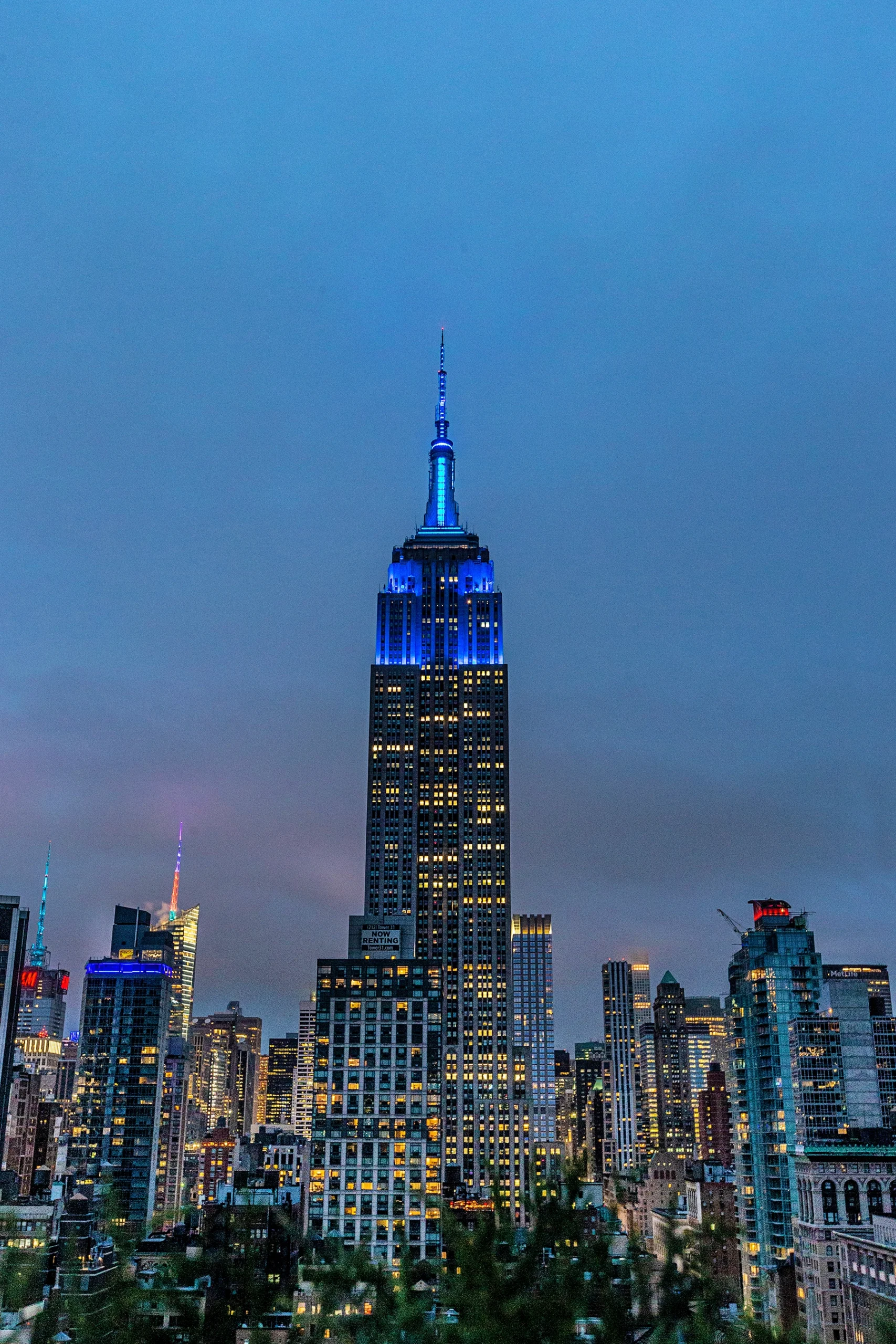
At sunset on October 11, as NYCB’s dancers prepare for the re-creation performance, 21 blocks south the Empire State Building’s tower lights will be lit in “Balanchine Blue,” a color originated by NYCB’s late lighting designer, Jean Rosenthal. The signature shade is the backdrop color for a number of Balanchine’s ballets, including Agon, Apollo, The Four Temperaments, Stravinsky Violin Concerto, Symphony in 3 Movements, Symphony in C, and Concerto Barocco. “Who knows where ballet is going to be in the next 75 years?” reflects Phelan. “I think that’s such a wonderful thing about having an institution with a backbone like Balanchine and Robbins. Maintaining those works, while pushing the envelope and creating more modern works, is what I hope for. More diversity, more inclusion.” Looking ahead, Phelan feels like the sky’s the limit. But in the meantime? “It’s very surreal to be a principal dancer in the New York City Ballet during the 75th anniversary,” she says. “I feel very honored.”
